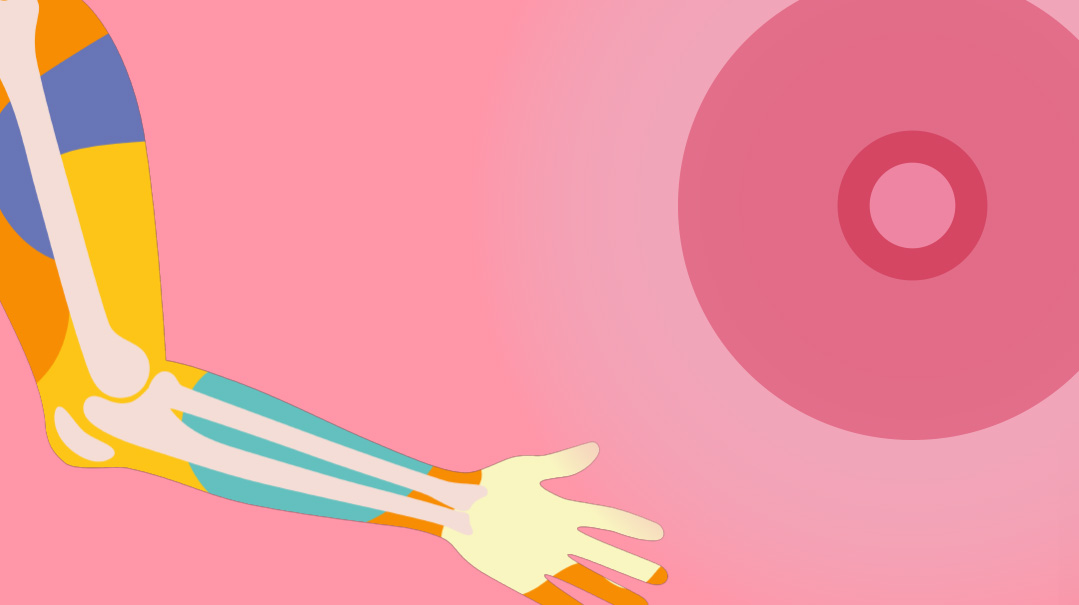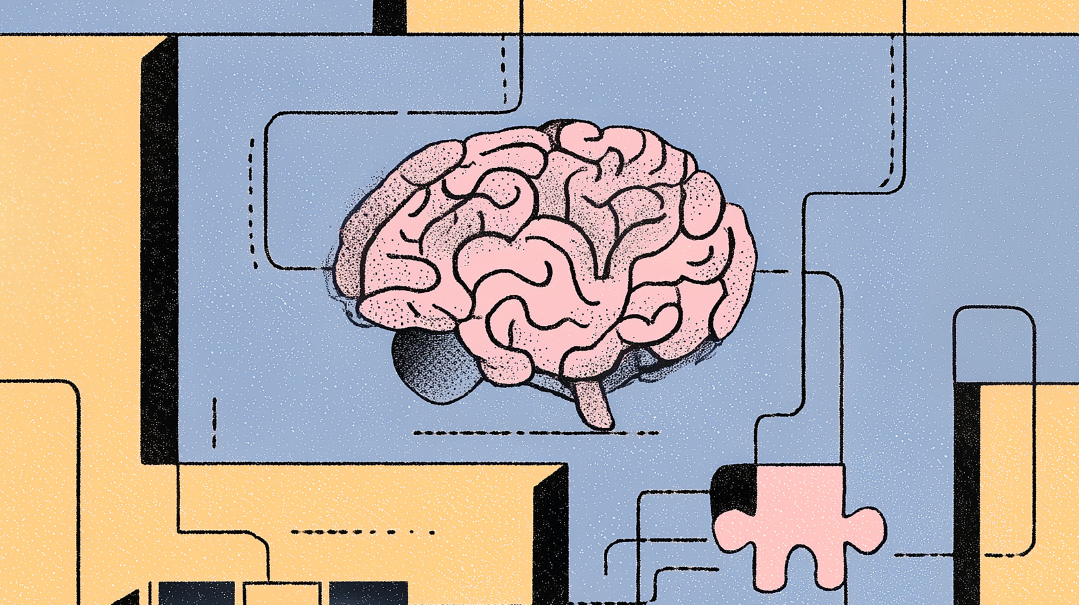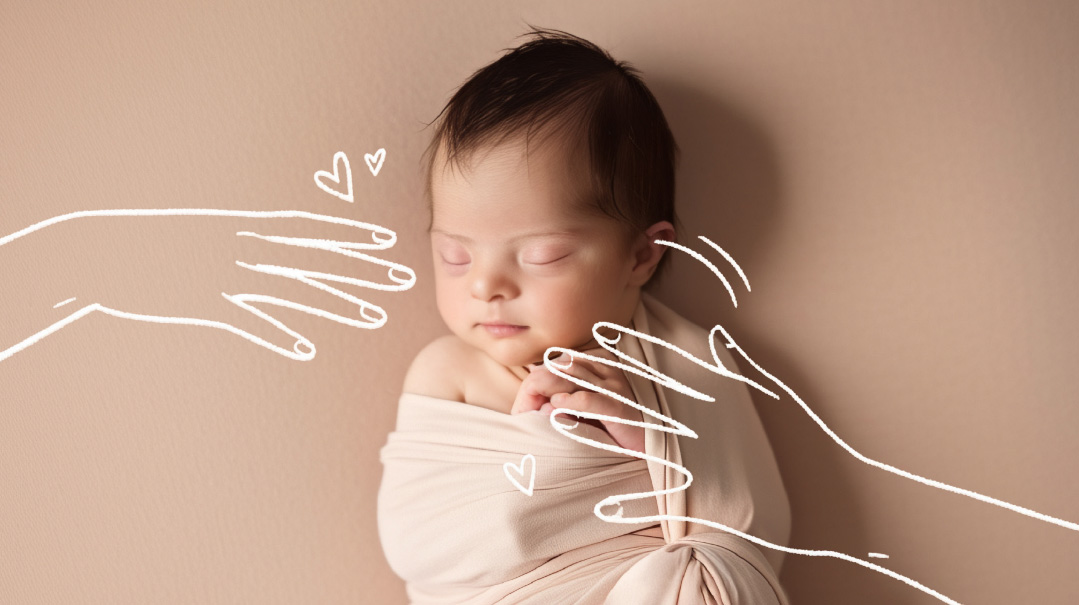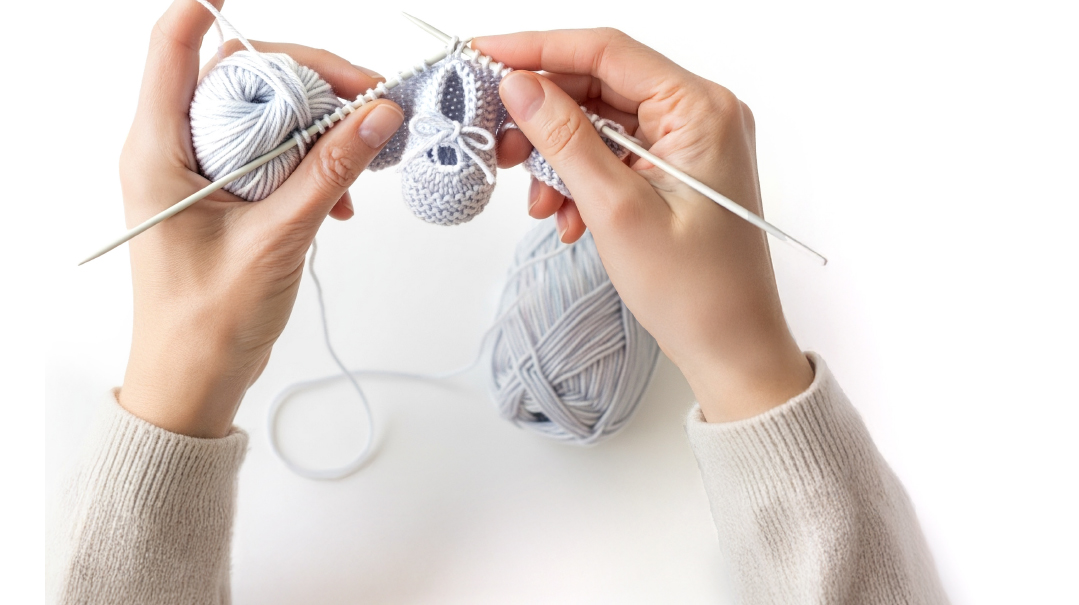What A Pain
| January 21, 2025How she used her brain to beat her pain: one woman's experience

The chronic pain in Rivka’s wrists made her feel like an arthritic old lady. Could her brain be firing off signals of discomfort for no reason?
One Monday morning, Rivka got into her minivan to drive her kids to school. She placed her hands on the wheel — and gasped in pain. Her wrists felt like someone had tied rubber bands around them. Gingerly, she tried to navigate the steering wheel.
Rivka couldn’t remember exactly when her wrist pain had started. Maybe it was during a late-night nursing session with her baby or while she was chopping vegetables one Erev Shabbos. At 28, joint pain definitely hadn’t been on her radar — and she definitely didn’t have time for it.
Besides taking care of her young family — three kids under five — Rivka worked as a school admissions coordinator, frequently helped with community projects, and didn’t have much cleaning help. The problem was, whether or not she had the time for it, the pain was there to stay. Sometimes it was better, sometimes worse. Everything became painful: tying a tichel, spreading cream cheese on a bagel, making her little ones’ ponytails. It got to the point where, when she’d wake up in the middle of the night to feed her baby, she’d cry from the pain of holding her. There were days when she couldn’t use her hands to sweep or make dinner for her family. She had always been so capable, but she felt helpless. Could she be straining her wrist too much while she held her baby?
Rivka googled, “wrist pain in new moms.” Instantly, her search pulled up something called “Mommy Wrist” (officially De Quervain’s tenosynovitis). Relieved that her condition had a name, Rivka followed the advice she saw online. She used more pillows to support her wrists while nursing, bought a brace at her local CVS, and took Advil for the pain. But all of those measures did no more than temporarily allay the pain. The pain kept on coming back. At her weekly exercise class, Rivka could no longer do the push-ups she’d once done easily. She couldn’t bear any weight on her wrists. Cooking and typing were often too painful.
Rivka made an appointment with her chiropractor, who tried some adjustments and soft-tissue therapy. While she felt a bit better after her session, the pain returned the next time she tried cutting up a salad.
“This is crazy,” she complained to her husband. “I’m only twenty-eight, but I feel like I’m eighty-five, with crippling arthritis. Nothing is helping.”
Rivka was overwhelmed with a feeling of hopelessness; it particularly stung that the pain had robbed her of the special bonding time she’d anticipated with her newborn. Even those rare moments when the pain lifted were overshadowed with fear of the pain that Rivka knew would return.
Oops! We could not locate your form.







